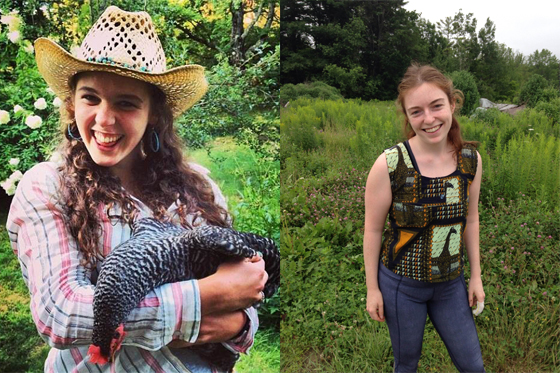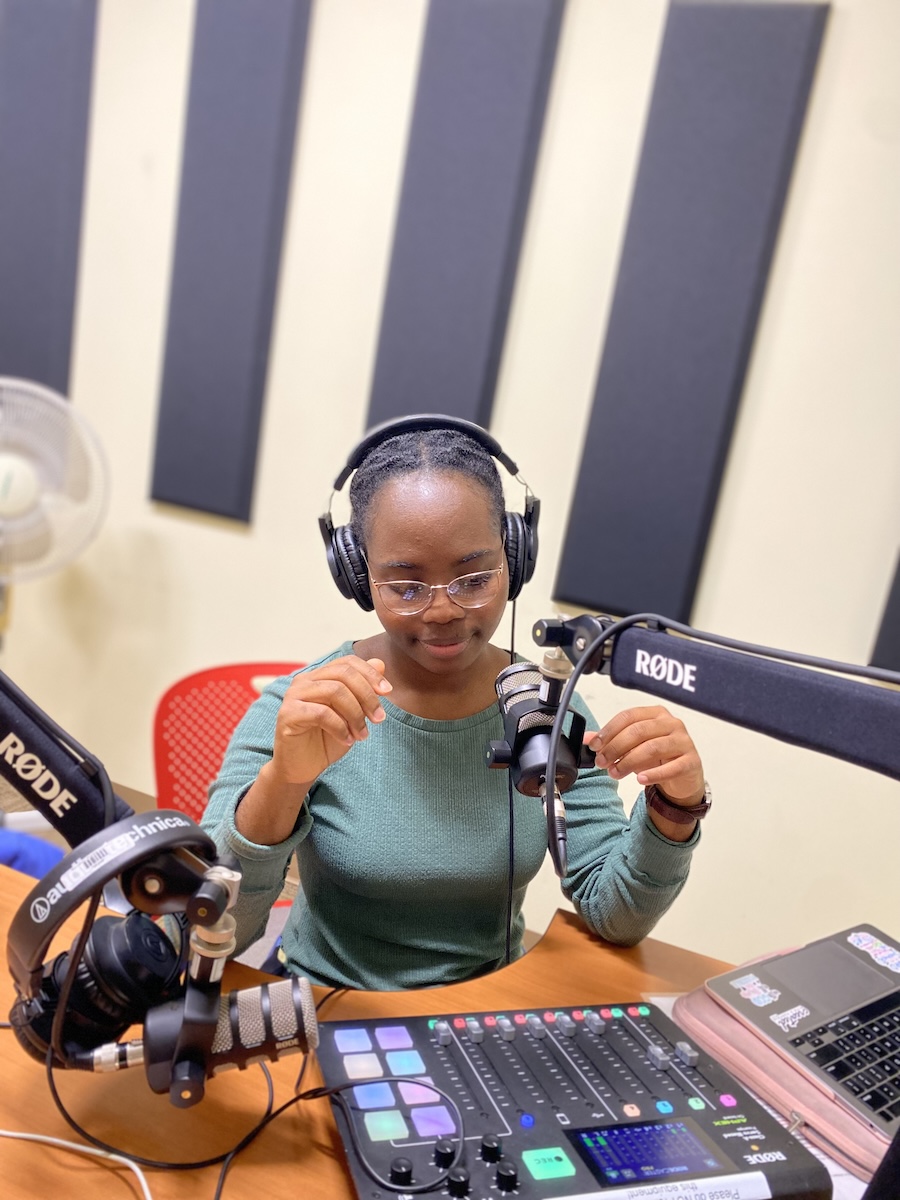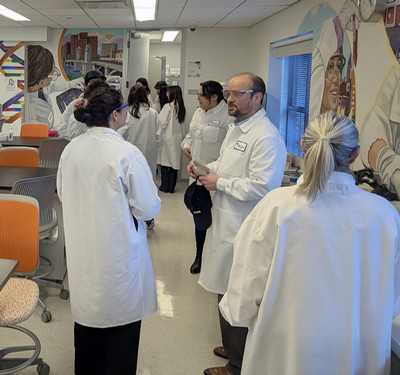Food Scan: Students Collaborate on Local Farm-to-People Project
By Rebecca Goldfine
Over the summer, four students collaborated on a project to track where food comes from, and where it goes, in Brunswick and 13 nearby towns. Their food assessment will be used by local advocates to figure out how to provide more healthy food for schools and low- and middle-income households.
The primary students on the project — Ella Driscoll ’17 and Emily Stewart ’16 — have Bowdoin grants to work this summer for the Brunswick-Topsham Land Trust, which is largely behind the food scan project.
Driscoll’s funding was provided through the Strong/Gault Social Advancement Internship and the Forest Foundation, and Stewart has a Psi Upsilon Sustainability Fellowship through the Environmental Studies program.
Driscoll and Stewart worked closely with two other students — McKeen fellow Ryan Herman ’17 and environmental fellow Kaitlyn Theberge ’16 — who were working, respectively, with the Mid Coast Hunger Prevention Program and the Maine Coast Fishermen’s Association. Both had Community Matters in Maine grants, a program run jointly by Bowdoin’s Environmental Studies Program and the McKeen Center.
“The Environmental Studies Program and McKeen Center work closely with students in order to facilitate collaborations that connect environmental and social issues,” Environmental Studies Program Manager Eileen Johnson said.
Driscoll partnered with Herman to gather and analyze data on the number of local households that struggle to put food on the table. Herman first collected data on household income levels, ages of occupants, single parents, people on disability and households without vehicles. Then, they created a multilayer map to show both where some of the poorest households are and also where food access points — like grocery stores and farmers markets — are located. Their maps helps people see connections between poverty and fresh food, and possible “food deserts,” where availability to healthy food may be limited.
Stewart partnered with Kaitlyn Theberge ’16 to research where seafood was being landed on the coast and where it was ending up. “I think fisheries are often neglected in local food efforts,” Stewart said. “We looked at how much fish is staying in Maine and how much is leaving Maine.”
The students’ work will culminate with a report that will be the basis of newly formed group called the Merrymeeting Food Council. The council’s aim is to create a stronger local food economy. Besides the Brunswick-Topsham Land Trust, it is made up of several nonprofits invested in health, hunger, farmland, food access and local food.
“This project is aimed at creating access points where people can access nutritious, healthy food regardless of income,” Driscoll said, pointing out that, “Maine is one of the most food insecure states in the country. We import most of our food.”
Stewart said she appreciated the chance this summer to be involved with a grassroots initiative that is just getting off the ground. “There’s so much community involvement and collaboration,” she marveled.



